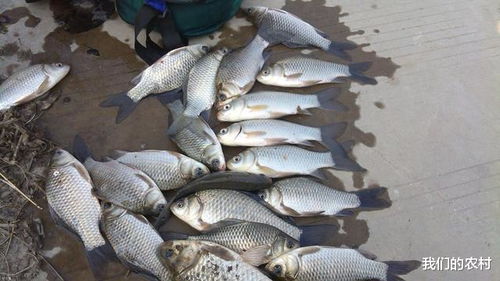Enforcement of Regulations: Implementing monitoring, control, and surveillance measures to deter illegal fishing practices.
Population Recovery: Allowing fish populations to rebound and spill over into adjacent fishing grounds.MPAs are designated areas where fishing activities are restricted or prohibited to conserve marine ecosystems and fish stocks. Benefits of MPAs include:
By implementing these strategies and fostering collaboration among governments, stakeholders, and the public, we can work towards protecting fishing resources for future generations.
Sustainable fishing practices aim to maintain fish populations at healthy levels while minimizing environmental impact. This includes:
- Enhancing Monitoring and Surveillance: Using satellite technology, electronic monitoring systems, and aerial patrols to detect and deter illegal fishing activities.
Fishing is not just a recreational activity; it's an essential part of many cultures, a significant industry, and a vital component of ecosystems worldwide. However, overfishing, habitat destruction, pollution, and climate change pose significant threats to fishing resources. Protecting these resources is crucial for the sustainability of fisheries and the preservation of biodiversity. Here are some strategies to safeguard fishing resources:
Community Involvement: Empowering local communities to participate in decisionmaking processes and sustainable resource management initiatives.
- Consumer Choices: Encouraging consumers to make informed choices by supporting sustainable seafood options and seafood certification programs.
- Improving Traceability: Implementing systems to track fish from catch to market to prevent the laundering of illegally caught seafood.
How to Protect Fishing Resources
- Adaptive Management: Continuously assessing the effectiveness of management measures and adjusting strategies based on scientific research and monitoring data.
IUU fishing undermines efforts to manage fisheries sustainably and threatens the health of marine ecosystems. Strategies to address IUU fishing include:
Biodiversity Conservation: Safeguarding a diverse array of marine species, including commercially valuable ones.
Regulating Fishing Effort: Implementing quotas, size limits, and seasonal closures to prevent overfishing and allow fish populations to replenish.Effective fisheries management is essential for regulating fishing activities and ensuring longterm sustainability. Key measures include:
- Education and Outreach: Raising awareness about the importance of sustainable fishing practices, marine conservation, and the value of healthy oceans.
- Habitat Protection: Preserving critical habitats such as coral reefs, seagrass beds, and spawning grounds.
- International Cooperation: Collaborating with other countries to address IUU fishing through regional agreements, information sharing, and joint enforcement efforts.
- Reducing Bycatch: Using selective fishing gear and techniques to minimize the capture of nontarget species.
- Collaborative Governance: Involving stakeholders, including fishers, scientists, government agencies, and NGOs, in decisionmaking processes.

Promoting Responsible Fishing Methods: Encouraging the use of ecofriendly gear and practices such as hookandline fishing or poleandline fishing.Engaging the public and stakeholders in conservation efforts is crucial for fostering a culture of responsible fishing and marine stewardship. This can be achieved through:


